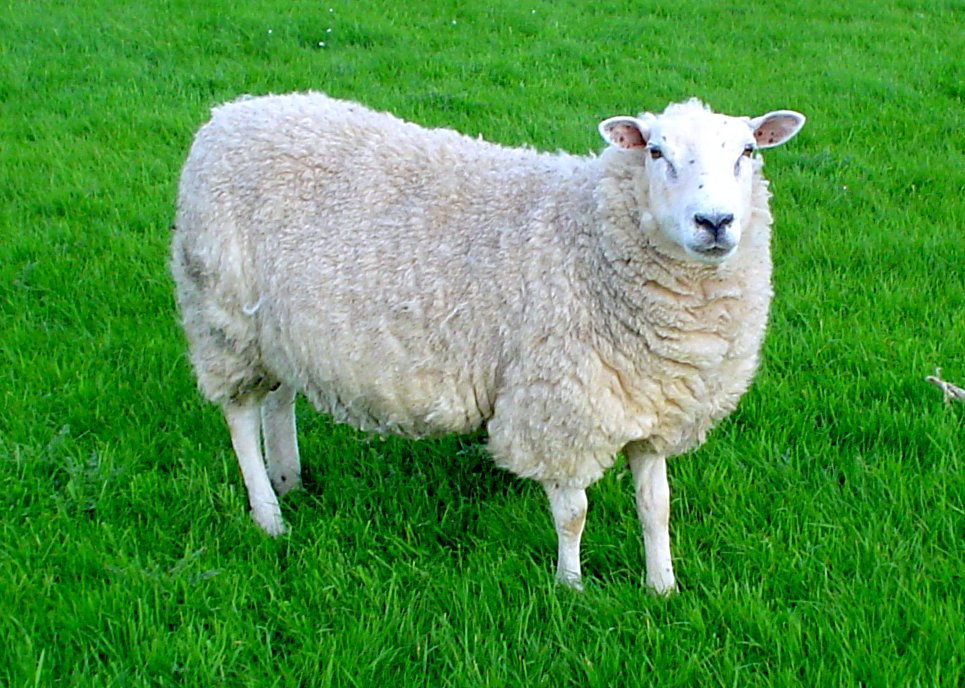Countries across Asia are beginning Lunar New Year celebrations to welcome in the year of the sheep.
In China, hundreds of millions of people are travelling home in what is considered the world’s biggest annual human migration.
State media says about three billion passenger trips will be made by plane, train and car over the 40-day period.
It is a public holiday in many places with ethnic Chinese populations such as Taiwan, Singapore and Malaysia.
Confusion abounds as to whether the coming year is dedicated to the sheep, ram, or goat
The festival is known as Tet in Vietnam and Seollal in South Korea, and is traditionally a time to be with family.
In a speech at the Great Hall of the People on Tuesday, Chinese President Xi Jinping extended Lunar New Year greetings to Chinese people everywhere.
A fireworks display has marked the start of the Lunar New Year in Beijing
This year the government is urging people not to set off firecrackers, amid rocketing pollution levels in cities.
 Also known as the Spring Festival in China, celebrations kick off with a large meal, known as the reunion dinner, on New Year’s Eve on Wednesday. Families make great efforts to be together for this, with some people travelling for days.
Also known as the Spring Festival in China, celebrations kick off with a large meal, known as the reunion dinner, on New Year’s Eve on Wednesday. Families make great efforts to be together for this, with some people travelling for days. China’s transport ministry has predicted that the travel rush will see 295 million railway trips
China’s transport ministry has predicted that the travel rush will see 295 million railway trips Many will bring food, clothes and other belongings back home for the festival
Many will bring food, clothes and other belongings back home for the festivalCelebrations in Shanghai, and in many other Chinese cities, have been toned down this year after a stampede at New Year event in January left 36 people dead.
On Wednesday, Hong Kong leader CY Leung also gave his holiday message, describing the last year as full of conflicts and urging citizens to “be like sheep”.
Late last year, a pro-democracy movement brought crowds onto the streets, blockading parts of the city and deeply dividing public opinion.
Various groups came together to demand the right to pick their own leader, without Beijing selecting which candidates can stand for elections.
“Sheep are widely seen to be mild and gentle animals living peacefully in groups,” Mr Leung said.
 The 15th Century Temple of Heaven in Beijing sees an annual re-enactment of colourful ancient ceremonies to welcome in the new year.
The 15th Century Temple of Heaven in Beijing sees an annual re-enactment of colourful ancient ceremonies to welcome in the new year. A woman poses with a sheep display in Hong Kong, which like many cities has put up colourful decorations for the season. The year of the sheep can also be called the year of the goat, because the Chinese character is the same.
A woman poses with a sheep display in Hong Kong, which like many cities has put up colourful decorations for the season. The year of the sheep can also be called the year of the goat, because the Chinese character is the same. In Seoul, these South Korean women found some more lively sheep to pose with at a cafe.
In Seoul, these South Korean women found some more lively sheep to pose with at a cafe. This ethnic Chinese man in Bangkok, Thailand, was burning paper money as a traditional new year offering to his ancestors.
This ethnic Chinese man in Bangkok, Thailand, was burning paper money as a traditional new year offering to his ancestors. Many people in the region will be looking forward to exchanging red packets – hong bao – containing “lucky” cash.
Many people in the region will be looking forward to exchanging red packets – hong bao – containing “lucky” cash. Traditional lion dancers took to the floor of the Philippine stock exchange in Manila, collecting lucky red envelopes of cash.
Traditional lion dancers took to the floor of the Philippine stock exchange in Manila, collecting lucky red envelopes of cash. These lion dancers were performing in front of the Royal Palace in Phnom Penh, Cambodia.
These lion dancers were performing in front of the Royal Palace in Phnom Penh, Cambodia. Each country has its own traditional food for the celebrations. This vendor in Phnom Penh was packing up a whole roasted pig for one of her customers.
Each country has its own traditional food for the celebrations. This vendor in Phnom Penh was packing up a whole roasted pig for one of her customers.
 BBC News
BBC News
What year is the “year of the quisling”?
The year of the sheep. How apropos, especially as it applies to the US public.
Hahahaha! Never thought of that. Good one.
By the way, this is my Chinese Zodiac year, unfortunately. 🙄 D’oh!
I guess this explains all the activity at the Buddhist temple across the street from me. Quite the $hitshow.
They managed to get a variance to put in their abomination a few years back because the township solicitor never recused himself in the matter because his adopted son is from China, so he threw the case.
Oh, yeah, before I forget, he’s a damn joo.